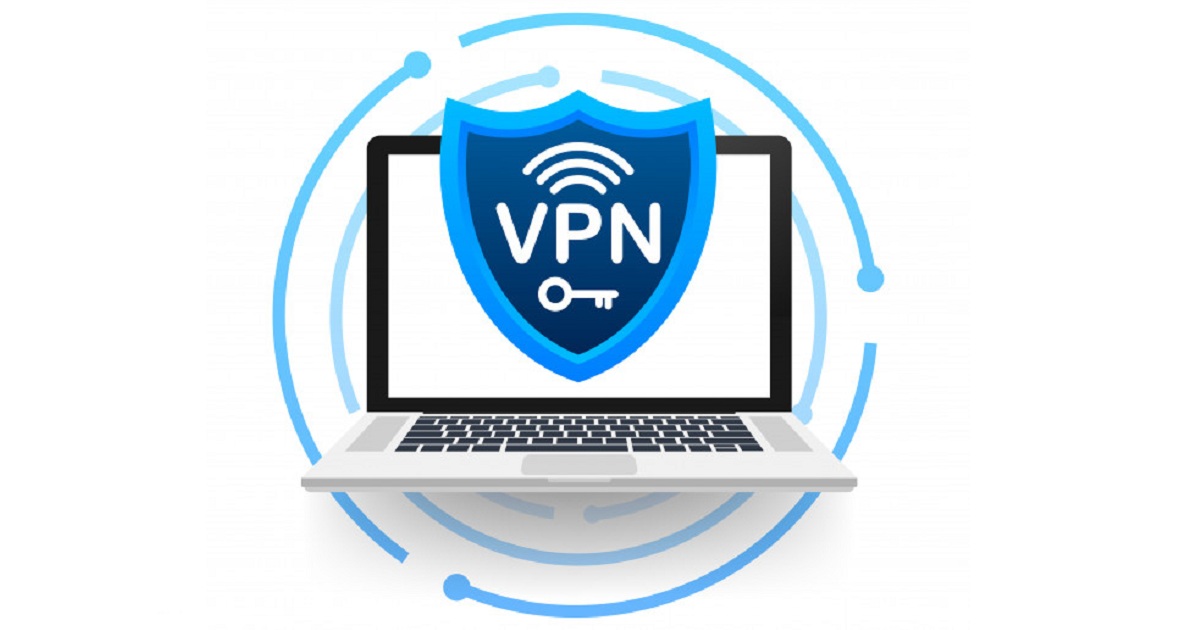Reckon Media Launches its VPN service iProVPN and Promises to Protect Digital Privacy
iProVPN | January 20, 2021

Reckon Media today announced the launch of its VPN administration iProVPN. The VPN administration went live this week after a fruitful inner testing stage.
iProVPN is worked to answer the worries around advanced protection. Online exercises leave an advanced impression that helps assemble a persona for focused notice. Government observation forestalls admittance to the web completely, while additionally checking the right to speak freely of discourse. iProVPN gives protection on the web by setting up secure correspondence between the client and a VPN worker. The protected passage forestalls the Internet Service Provider (ISP) from logging each movement and listening in on unstable organizations, for example, public Wi-Fi.
"We are excited to deliver iProVPN to the world finally. This is an important time for us. We have worked hard to make a product that is capable of protecting user privacy on the internet. Leveraging strong security and several other features, iProVPN hides what you do on the internet and lets you bypass censorship and geo-restriction." - Mark Shawn | Marketing Head
The delivery incorporates the rollout of iProVPN's application for Windows, Mac, Android, iOS, and Fire TV. The application is intended to be basic and appealing. It gives helpful admittance to iProVPN's worker organization, which ranges across 20+ nations in 40+ nations. For clients who request greater similarity, iProVPN can be arranged in a VPN-empowered switch that stretches out similarity to for all intents and purposes any gadget.
The app includes Split Tunneling, Kill Switch, AdBlocker, and the option to switch between protocols. Every iProVPN server uses AES 256-bit encryption - the highest-level symmetric encryption - for secure communication.
iProVPN is a zero-logs VPN service, which means that user activity will never be tracked or recorded.
"It's not enough to have a VPN service; we need to hold the principles of privacy close to us. iProVPN is based in the British Virgin Islands. It gives us the confidence to deliver a service that does not track users or record what they do online," Mark said.
Catering to the expanding interest for getting to computerized web-based features is a major concentration for iProVPN. A few administrations are geo-confined as far as substance, and some are accessible in a set number of locales. Clients can get to mainstream real time features, for example, Netflix, Amazon Prime, HBO Max, Disney+, Hot Star from anyplace on the planet by covering their IP address utilizing iProVPN's workers.